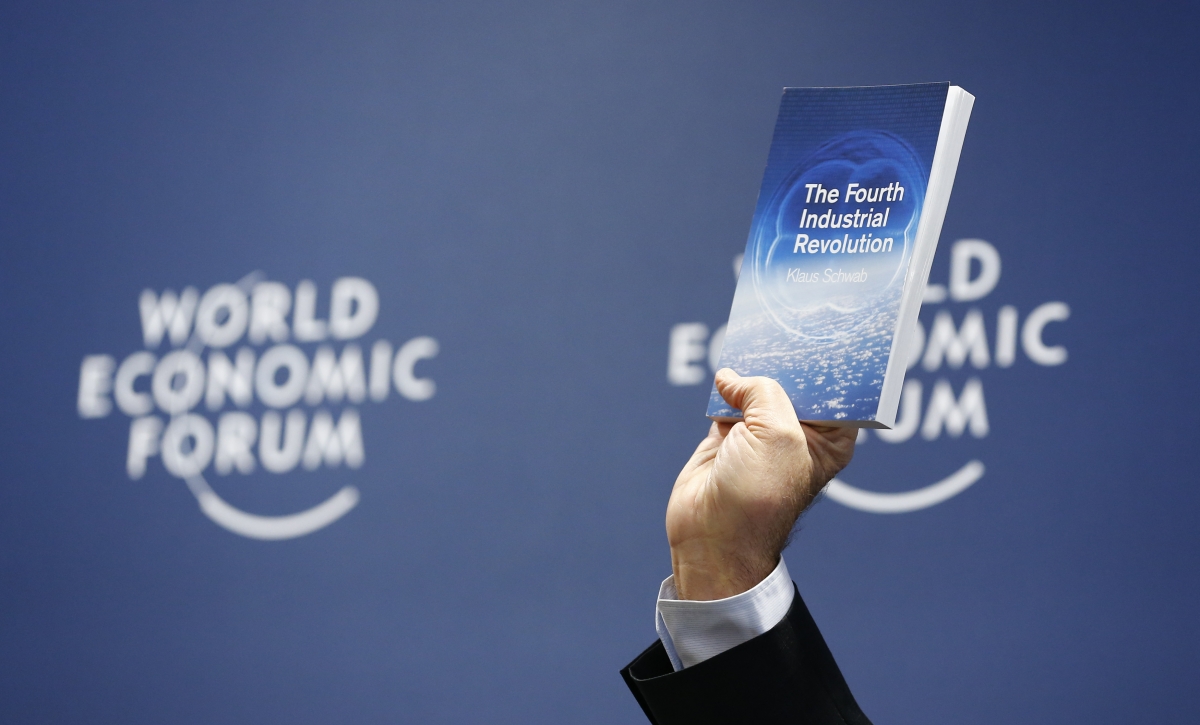Open markets and global trade have been blamed for job losses over the last decade, but global CEOs say the real culprits are increasingly machines.
Moreover, while business leaders gathered at the annual World Economic Forum (WEF) in Davos to relish the productivity gains technology can bring, they warned this week that the collateral damage to jobs needs to be addressed more seriously, Reuters reported on January 20.
From taxi drivers to healthcare professionals, technologies such as robotics, driverless cars, artificial intelligence and 3-D printing mean more and more types of jobs are at risk.
Adidas, for example, aims to use 3-D printing in the manufacture of some running shoes.
“Jobs will be lost, jobs will evolve, and this revolution is going to be ageless, it is going to be classless, and it is going to affect everyone,” said Meg Whitman, chief executive of Hewlett-Packard Enterprise.
So while some supporters of Donald Trump and Brexit may hope new government policies will bring lost jobs back to America’s Rust Belt or Britain’s industrial north, economists estimate 86% of US manufacturing job losses are actually down to productivity, according to the WEF’s annual risks report.
“Technology is the big issue, and we do not acknowledge that,” Mark Weinberger, chairman of consultancy EY, said on Thursday, arguing there will be a tendency always to blame trading partners.
The political backdrop is prompting CEOs to take more seriously the challenge of long-life training of workforces to keep up with the exponential growth of technological advances.
“I think what we are reaching now is a time when we may have to find alternative careers through our lifetime,” Microsoft Chief Executive Satya Nadella said at the Swiss hosted event.
Compared to clamping down on immigration by tightening borders, dealing with the impact of technology destroying jobs is something that is perhaps even less easily controlled.
For a while many advanced technologies remain more expensive than low- or medium-skilled labor in the near term, the shift is likely to accelerate as costs come down.
Technological advancements require governments, businesses and academic institutions to develop more educated and highly skilled workforces, executives in Davos said.
However, this shift to skilled workers also widens the income gap and fuels growing inequality.
The scope of the employment risk from what the WEF calls the “fourth industrial revolution” which “blurs the lines between the physical, digital, and biological spheres” is unclear.
A University of Oxford study in 2013 said nearly half of US jobs were at risk, while in 2015 Forrester Research predicted a net loss of only 7% by 2025, as some lost jobs will be replaced with new ones.
Forrester predicts that by 2019, one-quarter of all job tasks will be offloaded to software robots, real robots, or customer self-service automation.


